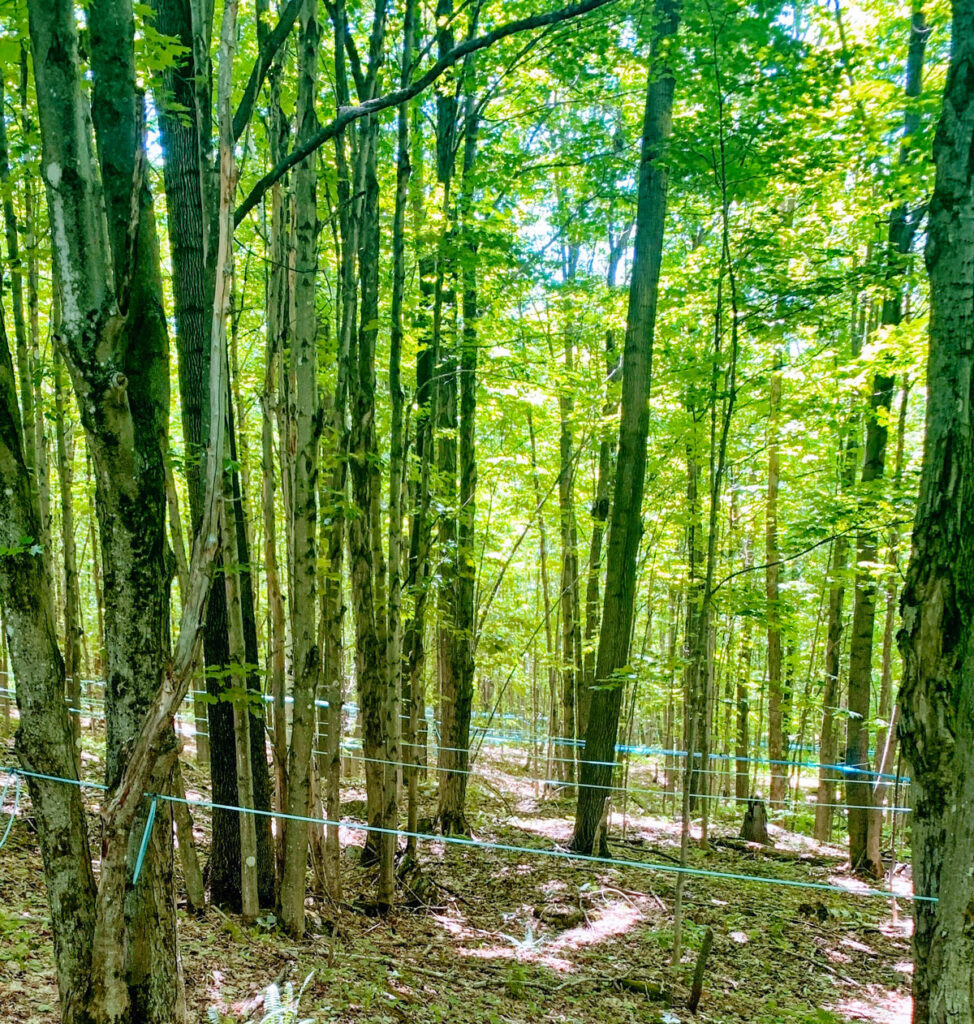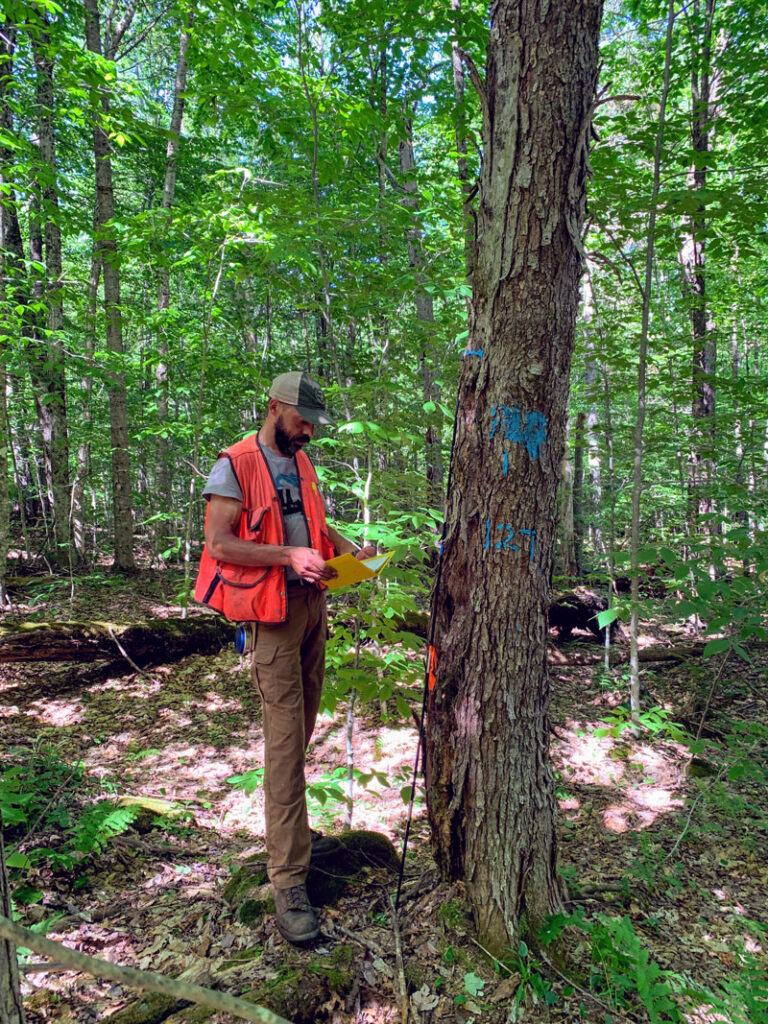Lots of Forest, Lots of Owners
Vermont sits in the middle of the largest intact broadleaf forest in the world. The forest is a major carbon sink, storing billions of tons of carbon. But land ownership is diffuse, with 80% of the state’s forestlands held by families. With mostly small parcels that have been handed down for generations, it is difficult for landowners to access the expertise, time, and capital to practice sustainable forestry.
It Takes a Team
The Vermont Land Trust, with the backing of the High Meadows Fund and the Vermont Housing & Conservation Board, commissioned a study on the feasibility of small landowners leveraging the carbon market through a statewide program. They turned to Spatial Informatics Group, in partnership with the University of Vermont, to analyze the land, the market, and potential participants.


